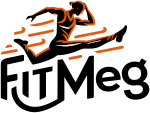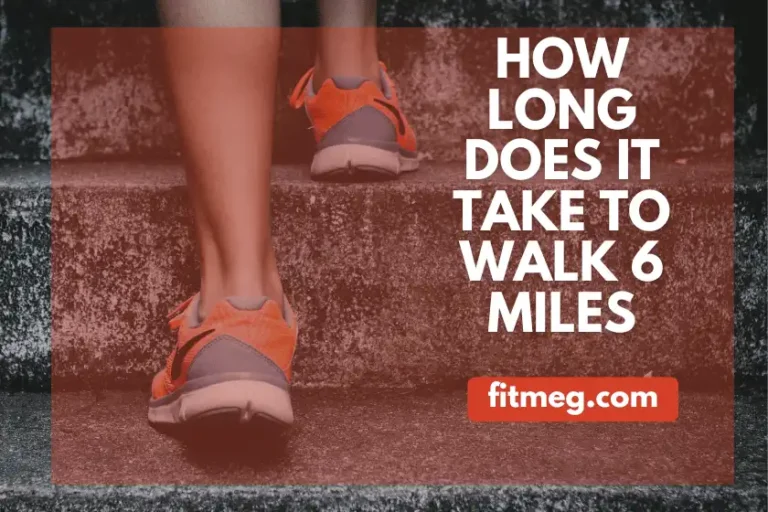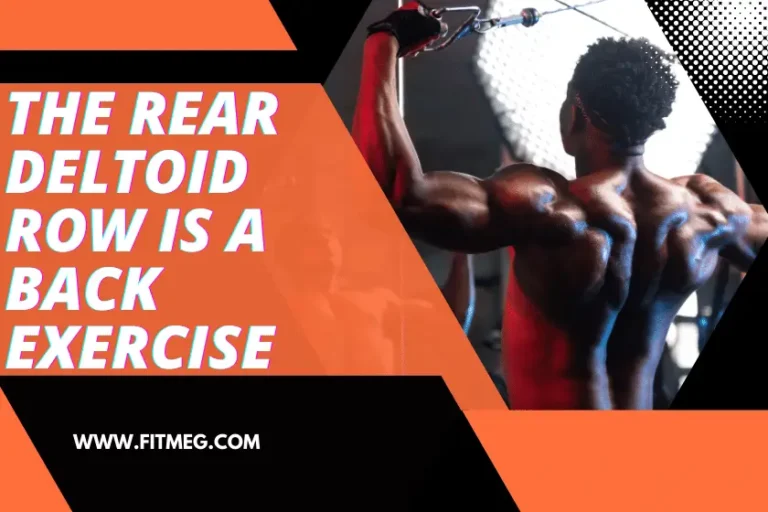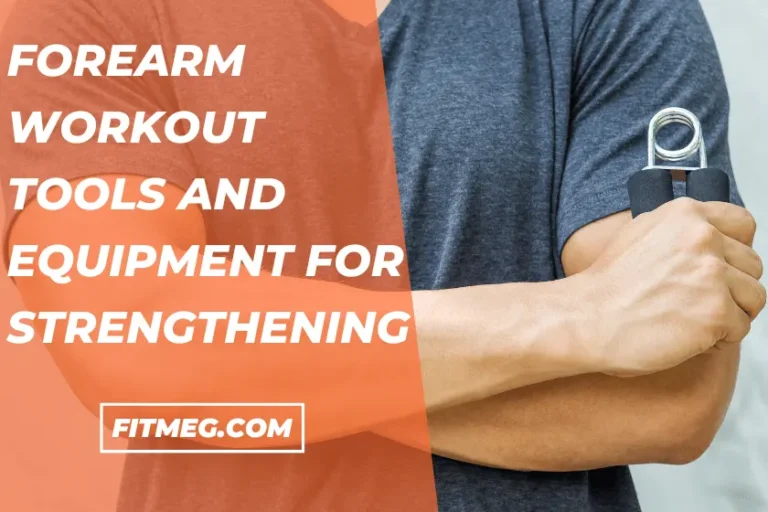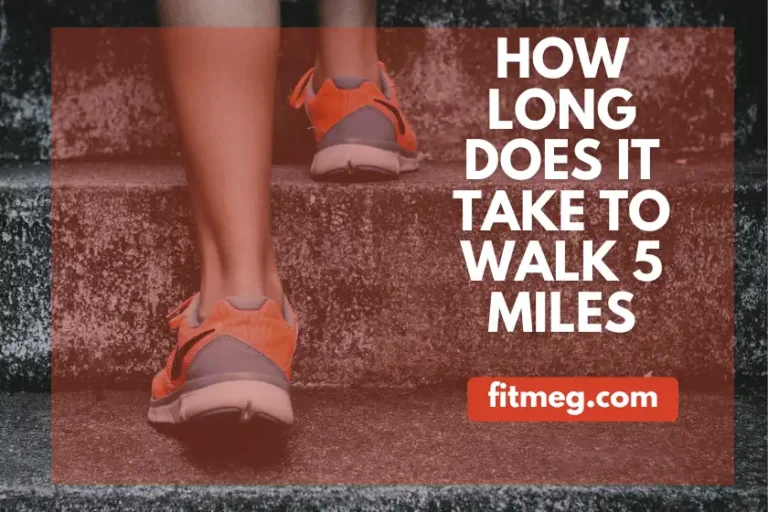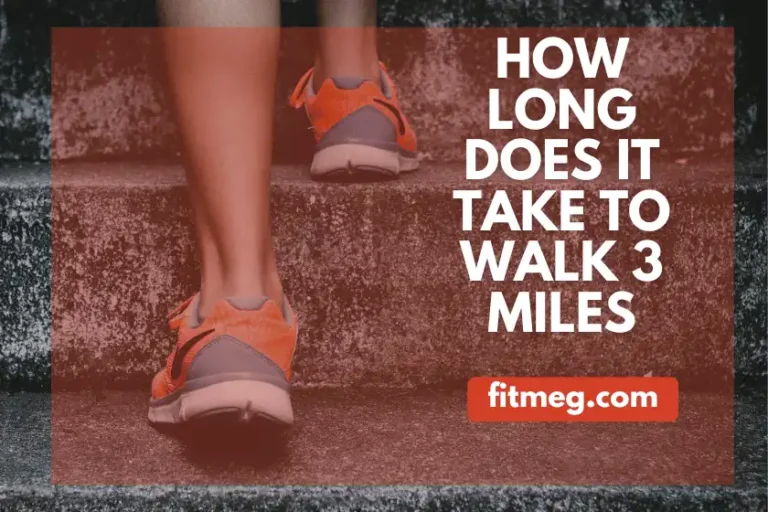9 Exercises That Start With E (How to, Muscles Worked, Calorie Burn)
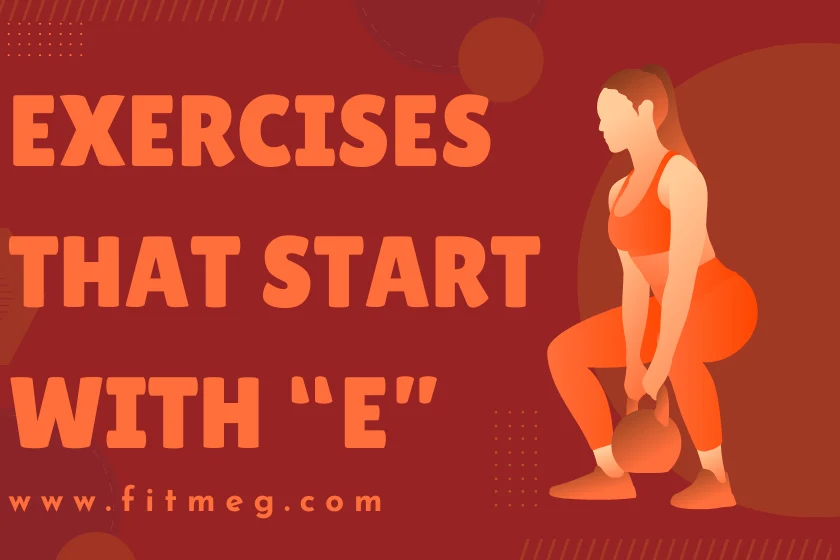
Exercise is one of the most important things we can do for our health. Regular physical activity has been shown to reduce the risk of chronic illnesses like heart disease, diabetes and cancer. It also helps improve bone density, lose weight, and boost mood. With so many benefits, it’s clear that exercise should be a part of everyone’s daily routine.
When developing a well-rounded fitness plan, it can be helpful to think of exercises that target all the major muscle groups from head to toe. One unique way to spur new workout ideas is to focus on moves that start with a specific letter. Exercises that start with ‘E’ provide an excellent selection of total body exercises, from elliptical workouts to elevated push-ups.
9 Exercises That Start With E
Here is a comprehensive list of great exercises that start with ‘E’ with how to do, muscle worked and approximately calories burned to ignite your fitness motivation.
Note:- The calorie burn for each exercise can vary based on factors such as body weight, workout intensity, and individual metabolism.
1. Elliptical Workouts
The elliptical machine is a top cardio exercise that provides a low impact workout. These workouts are performed on an elliptical trainer, which is a stationary exercise machine that simulates stair climbing, walking, or running without causing excessive pressure on the joints. It’s great for beginners and offers a low-impact workout compared to running or walking on the treadmill. The elliptical trainer works your entire body if your machine has arm handles, providing more calorie-burn for your workout.
How to Do Elliptical Workouts
- Use both legs and arms in a smooth, circular motion. Drive evenly with the legs, not just the arms.
- Vary incline and resistance levels for interval training. Try 30 seconds fast at high resistance, then 90 seconds lower intensity.
- Maintain proper posture and engage core. Don’t lean on the handles.
- Start with easier, longer workouts of 30 minutes and build up as conditioning improves.
Muscles Worked
- Glutes
- Hamstrings
- Quadriceps
- Calves
Calories Burned
- A 30-minute elliptical workout may burn between 270–378 calories depending on your body weight and intensity.
According to a study conducted in 2010, it was found that the elliptical and treadmill are nearly equivalent in terms of calories burned, oxygen consumption, and heart rate. The researchers concluded that the elliptical can serve as a viable alternative to the treadmill for cardiovascular exercise.
Also Read: The Rear Deltoid Row Is A Back Exercise
2. Elevated Push-Ups
Push-ups work the chest, shoulders, triceps, and core. Elevated Push-Ups also known as incline push-ups, this exercise is an elevated form of a traditional pushup where your upper body is elevated with an exercise box or other piece of equipment. The incline position primarily works your chest muscles, but you’ll also need to engage your core muscles to protect your back.
How to Do Elevated Push-ups
- Place hands shoulder-width apart on the elevated surface. Keep body in a straight line.
- Bend elbows to lower chest towards the edge of the box.
- Push back up until arms are extended.
- Keep core engaged throughout movement.
Muscles Worked:
- Chest
- Shoulders
- Triceps
- Core
Calories Burned:
- Push-ups can burn at least 7 calories per minute.
Elevated push-ups allow for greater chest muscle activation compared to standard push-ups on the floor. Start with an incline level that challenges you for 8-10 reps and progress lower.
3. Eccentric Squats
These are squats with a slow and controlled lowering phase. The eccentric phase is when the muscles are lengthening. Eccentric squats target fast-twitch muscle fibers in the lower body that generate power for increased speed and jumping height.
How to Do Eccentric Squats
- Stand with feet hip-width apart, holding weights at your sides (optional).
- Slowly lower down like a normal squat, keeping knees behind toes.
- Take 3-5 seconds to lower down into the squat position.
- From the bottom, stand back up in 1 second. Repeat for reps.
Muscles Worked:
- Glutes
- Quads
- Hamstrings
Calories Burned:
- A person weighing 165 pounds who performs 5 minutes of high-intensity squats could burn approximately 52.5 calories.
The slow, controlled eccentric phase maximizes muscle tension and strength gains. Go lighter than a regular squat. Build up to 3 sets of 8-10 eccentric reps.
4. Endurance Running
Running is one of the simplest yet most effective forms of cardio.This form of running focuses on increasing your speed, endurance, and strength. It involves short, intense bursts of activity that target fast-twitch muscle fibers in the lower body. These fibers help generate explosive power that increases speed and jumping height.
How to Do Endurance Running
- Gradually increase weekly mileage by no more than 10 percent each week.
- Run on softer surfaces like tracks or trails to reduce impact.
- Increase pace with intervals of faster running mixed with slower recovery jogs.
- Stretch and foam roll before and after to prevent injury.
- Listen to your body and take rest days when needed.
Muscles Worked:
- Glutes
- Quads
- Hamstrings
- Calves
Calories Burned:
- On average, you might burn around 120 calories per mile while running.
Those new to running can use jog/walk intervals until cardiovascular fitness improves. Cooling down with walking after a run prevents blood pooling in the legs.
5. Easy Pose (Yoga)
Easy Pose (Yoga) also known as Sukhasana, this is a basic seated yoga posture. It’s intended to be comfortable and calming the mind, improves flexibility and is often used for meditation. The pose helps stretch the hips and ankles, and strengthen back and abdominal muscles.
How to Do Easy Pose
- Sit on the floor with legs crossed, feet resting below knees.
- Keep back straight, chin parallel to floor. Rest hands on knees.
- Breathe deeply and hold the pose for 30 seconds to a few minutes.
- Place support under knees if needed to take pressure off hips and groins.
Muscles Worked:
- Hip flexors
- Inner thighs
Calories Burned:
- A yoga session can burn between 180 and 460 calories depending on several factors.
A Study conducted in 2018 found that Yoga reduce anxiety, lower blood pressure, and relieve pain. Work up to holding longer poses as flexibility allows.
6. Eagle Pose (Yoga)
This exercise is also Known as Garudasana in Sanskrit, this pose requires a combination of balance, strength, and flexibility. It’s a great stretch for your shoulders, upper back, and legs. Eagle Pose creates space in your body physically, but also opens up space mentally.
How to Do Eagle Pose
- From standing, cross one leg over the other, bending knees slightly.
- Reach arms out to sides, cross one under the other at elbow. Wrap front arm under shoulder.
- Sink hips down, keeping back straight. Focus on a point for balance.
- Hold for 20-30 seconds before gently releasing. Repeat on other side.
Muscles Worked:
- Shoulders
- Hips
- Ankles
Calories Burned:
- can burn between 150-400 calories per hour
Poses requiring balance like Eagle pose enhance neuromuscular coordination and concentration. Move slowly and use a wall for support if needed.
Also Read: Top 10 Triceps Lateral Head Exercises
7. External Rotations (Shoulder Exercise)
This exercise targets the rotator cuff muscles in your shoulders. It’s performed by holding a dumbbell in your hand with your elbow at your side, around the crease of your hips. You then slowly rotate your forearm outward while keeping your elbow bent.
How to Do External Rotations
- Hold resistance band or cable at your side, elbow fixed next to torso.
- Keeping elbow still, rotate forearm and hand outwards about 30-45 degrees.
- Return slowly to start position. Repeat for 2-3 sets of 12-15 reps.
Muscles Worked:
- Rotator cuff
Calories Burned:
- A general estimate is that a 10-minute session of biceps curls can burn anywhere from 30 to 50 calories.
External rotations strengthen the small muscles and tendons providing shoulder stability. Go light on resistance and keep the movement controlled.
8. Extension Curls
This exercise is also known as triceps extension, this exercise targets the triceps muscles at the back of your upper arm. You hold a dumbbell overhead with both hands, then lower it behind your head by bending at the elbows. You then extend your arms to lift the dumbbell back overhead.
How to Do Extension Curls
- Stand holding dumbbells with an overhand grip. Keep arms extended in front of thighs, palms facing inward.
- Initiate the move by pulling shoulders down and back, squeezing the upper back.
- Then bend elbows and curl weights up towards shoulders.
- Lower back down slowly. Complete 2-3 sets of 12-15 reps.
Muscles Worked:
- Biceps
- Upper back
Calories Burned:
- Bicep curls, a similar exercise, can burn up to 80-120 calories during the main set
Focus on squeezing the back at the start of the curl. Choose a challenging weight and avoid swinging the arms.
9. Explosive Jumps
These exercises are high-impact, explosive exercises that require rapid force generation. They include box jumps, burpees, depth jumps, and vigorous bounding. Plyometric exercises increase speed, quickness, and power, and most exercises include “jumping,” in which the muscles exert maximal effort and force in short bouts or intervals of time.
How to Do Explosive Jumps
- Stand with feet hip-width apart. Squat down halfway.
- Explode up with force, jumping as high as possible. Land softly on the balls of your feet.
- As soon as you land, load down for the next jump.
- Keep the movements fast and continuous. Do 3 sets of 5-8 reps.
Muscles Worked:
- Glutes
- Quads
- Calves
Calories Burned:
- Plyometric exercises like explosive jumps can burn between 800 and 1,000 calories per hour
Explosive jumps improve muscle power and athletic performance. Start with low reps to maintain proper form. Allow time between sets to recover.
Integrating ‘E’ Exercises into Workouts
There are many ways to effectively incorporate exercises starting with ‘E’ into your workout routines.
Incorporating these ‘E’ exercises into your workout routine can be a fun and effective way to enhance your fitness journey. Here’s how you can do it:
- Elliptical Workouts: Start your workout with a 10-minute warm-up on the elliptical. This can help increase your heart rate and prepare your body for the exercises ahead.
- Elevated Push-ups: Incorporate elevated push-ups into your strength training routine. Try doing 3 sets of 10 reps, or as many as you can do with good form.
- Eccentric Squats: Eccentric squats can be a great way to target your lower body. Try incorporating them into your leg day routine.
- Endurance Running: Endurance running can be a great way to improve your cardiovascular fitness. Try incorporating a 20-minute run into your routine 3 times a week.
- Easy Pose (Yoga): The Easy Pose can be a great way to cool down after your workout. Spend a few minutes in this pose to help your body relax and recover.
- Eagle Pose (Yoga): The Eagle Pose can be a great way to improve your balance and flexibility. Try incorporating it into your yoga or stretching routine.
- External Rotations (Shoulder Exercise): External rotations can be a great way to strengthen your shoulders. Try incorporating them into your upper body routine.
- Extension Curls (Arm Exercise): Extension curls can be a great way to target your biceps. Try incorporating them into your arm day routine.
- Explosive Jumps (Plyometric Exercise): Explosive jumps can be a great way to improve your power and agility. Try incorporating them into your HIIT (High-Intensity Interval Training) workouts.
Remember, it’s important to listen to your body and adjust your workout routine as needed. Always start with a weight and intensity level that is challenging but manageable, and gradually increase as your strength and endurance improve
Conclusion
Exercises that start with the letter ‘E’ provide a fun way to get a complete, balanced workout. This collection of elliptical workouts, elevated push-ups, eccentric squats and more hits all the major muscle groups. Aim for variety in your workouts to keep it interesting and maximize results.
As with any new exercise, have proper guidance on form and start light to avoid injury. Build up the duration and intensity gradually as your fitness improves. Make sure to warm up beforehand and cool down afterward. Stay hydrated and refuel with proper nutrition.
Now put on your exercise shoes and get ready to move! Incorporating these ‘E’ exercises into your routines will have you feeling energized and strong in no time. What ‘E’ move will you try first on your fitness journey?
Frequently Asked Questions (FAQs)
Q) How often should I perform these ‘E’ exercises?
A) The frequency of these exercises can vary based on your fitness goals and current fitness level. It’s always a good idea to consult with a healthcare provider or a certified fitness professional to determine the appropriate frequency.
Q) Can these ‘E’ exercises be modified for beginners or those with physical limitations?
A) Yes, many exercises can be modified to accommodate different fitness levels and physical limitations. For example, Elevated push-ups can be performed on the knees for beginners.
Q) What equipment do I need for these ‘E’ exercises?
A) The equipment needed can vary based on the exercise. For example, Elliptical workouts require an elliptical machine, while Elevated push-ups and Eccentric squats can be performed with just your body weight.
Q) What should I do if I experience pain during these ‘E’ exercises?
A) If you experience pain during any exercise, it’s important to stop immediately and consult a healthcare provider. Pain can be a sign of injury or improper form.
Q) How can I track my progress with these ‘E’ exercises?
A) Tracking progress can be as simple as noting the number of repetitions and sets you can perform, the amount of weight you can lift, or how long you can sustain an endurance activity. There are also numerous fitness apps available that can help track your progress.
